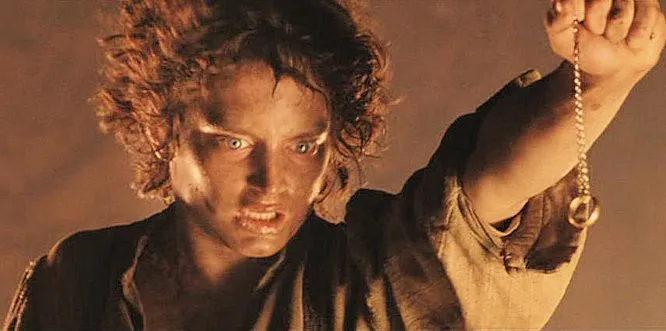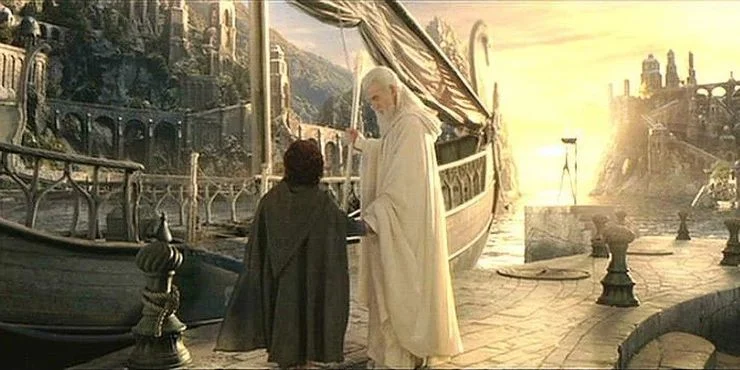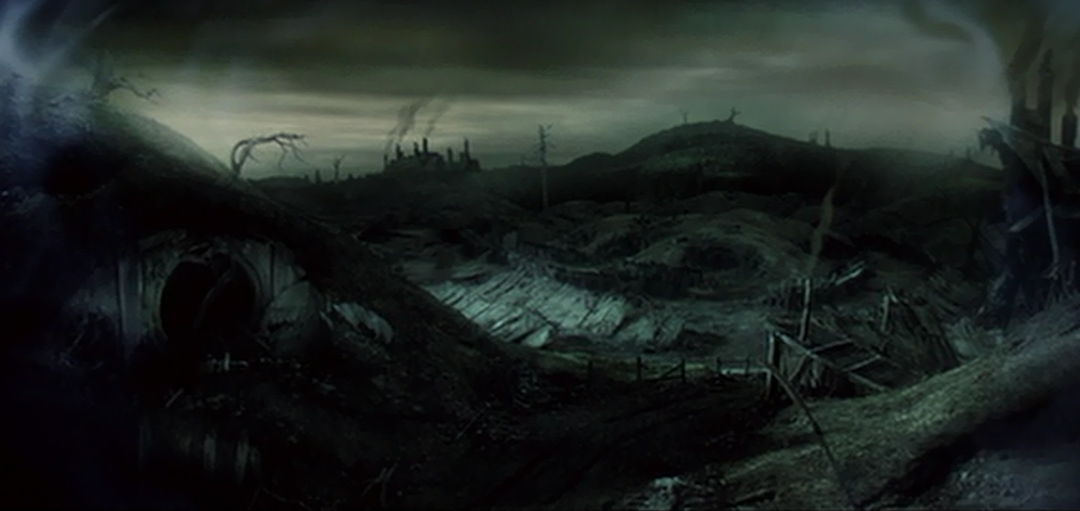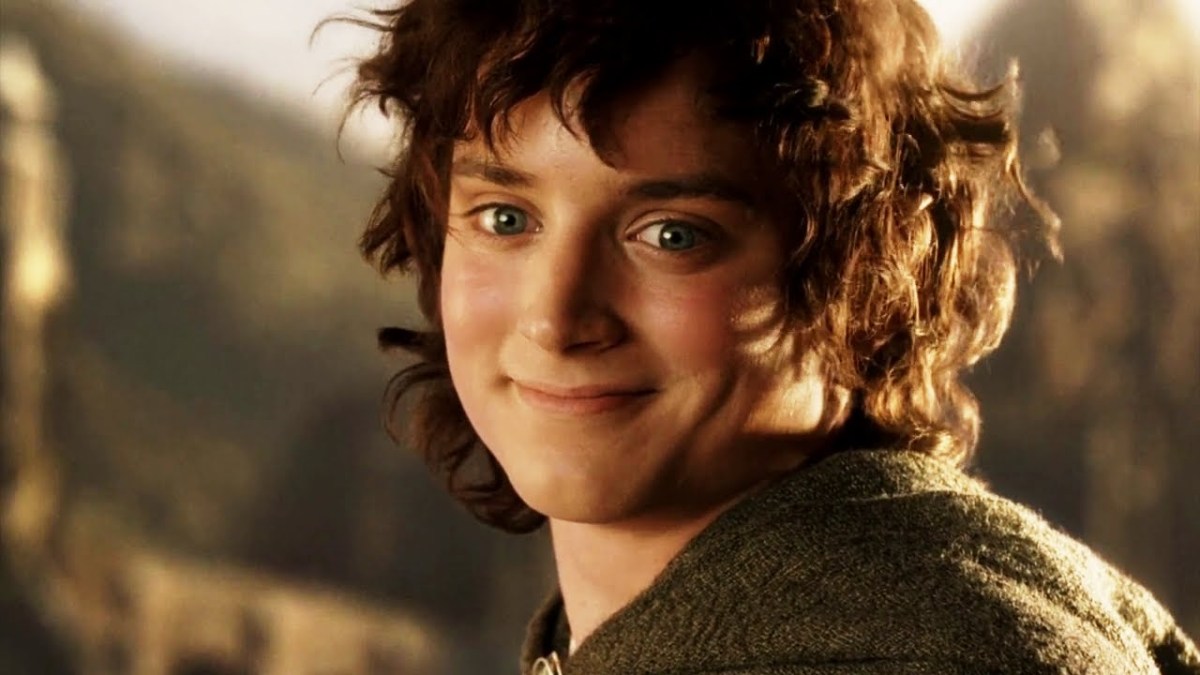The Lord of the Rings: The Return of the King became famous for its multiple endings. After its 2003 release, the trilogy’s closing installment collected as many jokes about its endless codas as awards. But who could begrudge the film taking its time to say farewell to the inhabitants of Middle-earth after the epic fantasy adventure it gave viewers?
Of all those farewells, Frodo’s poignant departure hit hard. After all, we’d spent three films with that indomitable young Hobbit as he journeyed to destroy the Ring of Power in the fires of Mount Doom.
We’d followed Frodo from the safety of the Shire to the Elven otherworld of Rivendell, where the Fellowship of the Ring was formed. We’d been there when Gandalf the Grey was lost in the Mines of Moria and when Frodo and his loyal friend Samwise had traveled alone to Mordor. We’d rooted for them when they encountered the treacherous Gollum and escaped the deadly Shelob to complete their epic quest.
We were also there when Frodo returned to the Shire, having destroyed the Ring, only for him to leave the land he had saved.
Why did Frodo have to leave Middle-earth?

Frodo left Middle-earth because of the incredible adventures he had undertaken to save it. The unassuming hobbit was an ideal Ring-bearer. Like his uncle Bilbo before him, Frodo showed some resistance to the lure of the Ring. There was more than a hint of destiny in the way it found its way onto both their fingers. But Gandalf’s look says it all when Frodo announces that he’ll take on the burden at Elrond’s Council. As the wise wizard knows, Frodo may be ideal, but the cost will be great. True enough, Frodo’s journey to Mordor took its toll.
In The Fellowship of the Ring, Frodo came off worst when Ringwraiths ambushed him and his fellow hobbits. When he tried to use the Ring to hide, Frodo was stabbed in the shoulder by the Witch-King’s Morgul-knife. He was rescued by Elrond’s daughter Arwen and healed by the elves of Rivendell, where he caught up with his uncle Bilbo, who gifted him his short sword Sting and chainmail of mithril.
Unfortunately, that chainmail (although as hard as dragon scales) wasn’t enough to completely spare the hobbit from injury when he and Samwise were later tricked into the path of the demon Shelob by Gollum. The giant spider managed to stab Frodo in the chest with her stinger and bind him before Sam drove her off. Lying in Shelob’s lair, you can see the wounds the suffering hobbit had sustained. Those scars would never fade, but the damage to the young Hobbit wasn’t all physical.
When Frodo later confides to Gandalf that a part of him regretted destroying the Ring at Mount Doom, the wizard tells the young hobbit that the passage of time can’t heal all wounds.
The weight of his physical and mental exertions — the burden of being the Ring-bearer — was enough to persuade Frodo to leave Middle-earth for the Undying Lands.
What are the Undying Lands?

The War of the Ring signals the coming of the Age of Man, the Fourth Age of Middle-earth when magic departed the land. The Undying Lands lay to the west of the main continent and were the ultimate destination for higher beings destined to leave the world they knew to men. Although these mysterious lands sound a bit like heaven, they’re more a Garden of Eden for immortals. Species like the Valar, which includes Gandalf, and the Eldar elven race made their way there from the port of the Grey Havens.
That’s where we met Frodo for the final time, the young hobbit having been granted permission as a former Ring-bearer. When Arwen elected to remain on Middle-earth as a mortal queen, there was a berth for him to join his uncle Bilbo in making the trip. In Lord of the Rings lore, both Samwise and the Fellowship dwarf Gimli would later be granted permission to sail for the Undying Lands too.
Frodo knew that there was no chance for him to find peace in the Shire after the epic events he’d experienced and the constant reminder of his physical and mental scars. The Undying Lands offered him a chance to heal those wounds and find peace for the remainder of his life. While the Undying Lands was a sanctuary for immortals, there’s no suggestion they granted immortality to mortal beings.
In short, Frodo didn’t have to leave Middle-earth, but for many reasons, the hero of Middle-earth needed to.
Does Frodo leave Middle-earth in the book?

The film adaptation followed J.R.R. Tolkien’s original novel by dispatching Frodo to the Undying Lands. However, the hobbit’s decision-making was a little more complicated on the page. Having destroyed the Ring of Power, he and Samwise returned to the Shire to find it overrun by the forces of darkness. Their peaceful idyll had been industrialized and devoted to the war effort, with their fellow hobbits enslaved. Frodo and Sam led the resistance in the battle of Bywater, the final act of the War of the Ring, and successfully reclaimed their homeland. It was there that Saruman and Wormtongue were defeated in the original volumes during a final fight that would have a lasting effect on all hobbits.
Frodo sees this as a possible future in the mirror of Galadriel during The Fellowship of the Ring. While the evil of Mordor never reached the Shire in the film storyline, the reach of Sauron’s corrupting influence left a different impression in the book sequence — another reminder that the threat that Frodo and Samwise had faced would never truly leave them when they returned home.











Published: Jan 22, 2022 12:17 pm